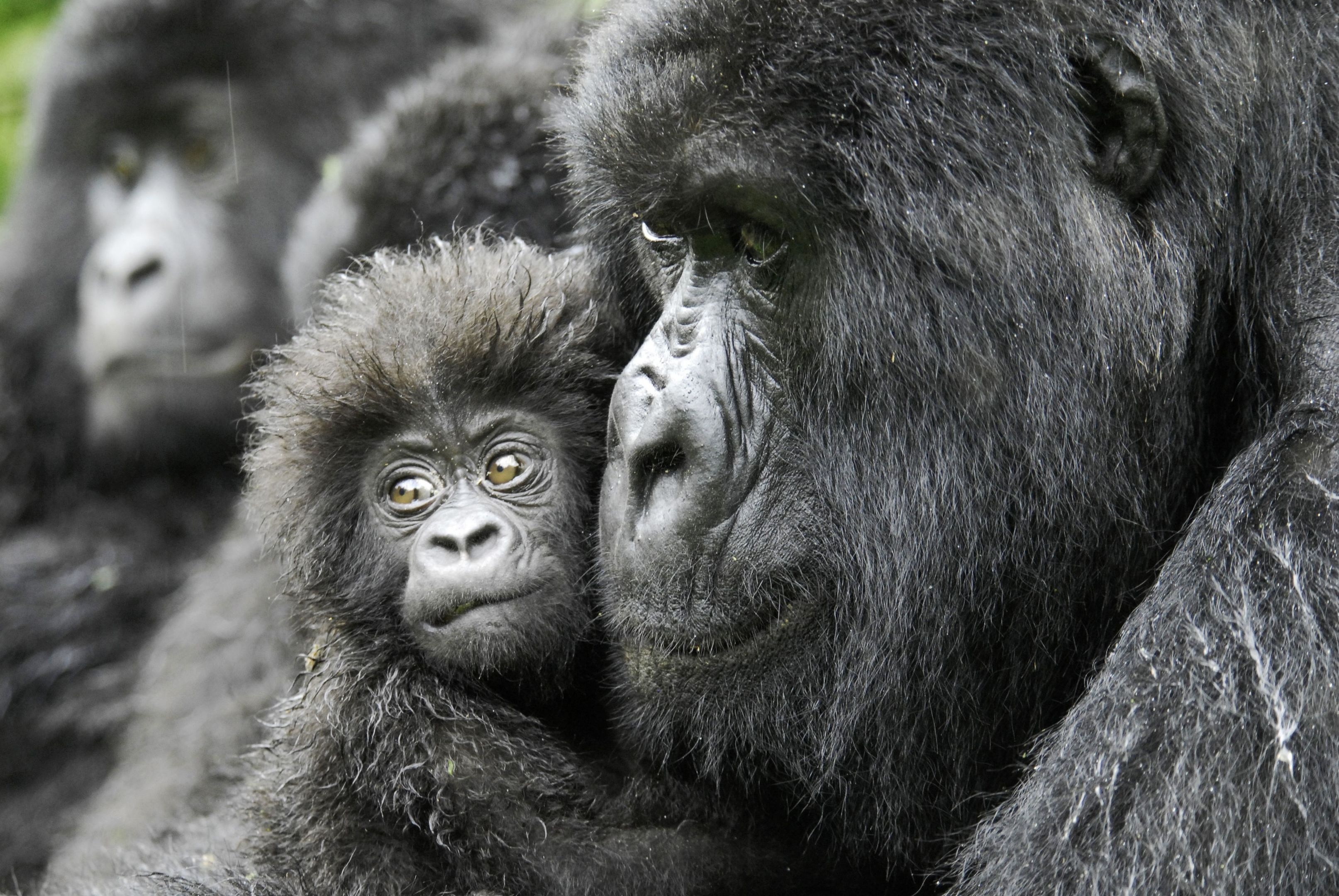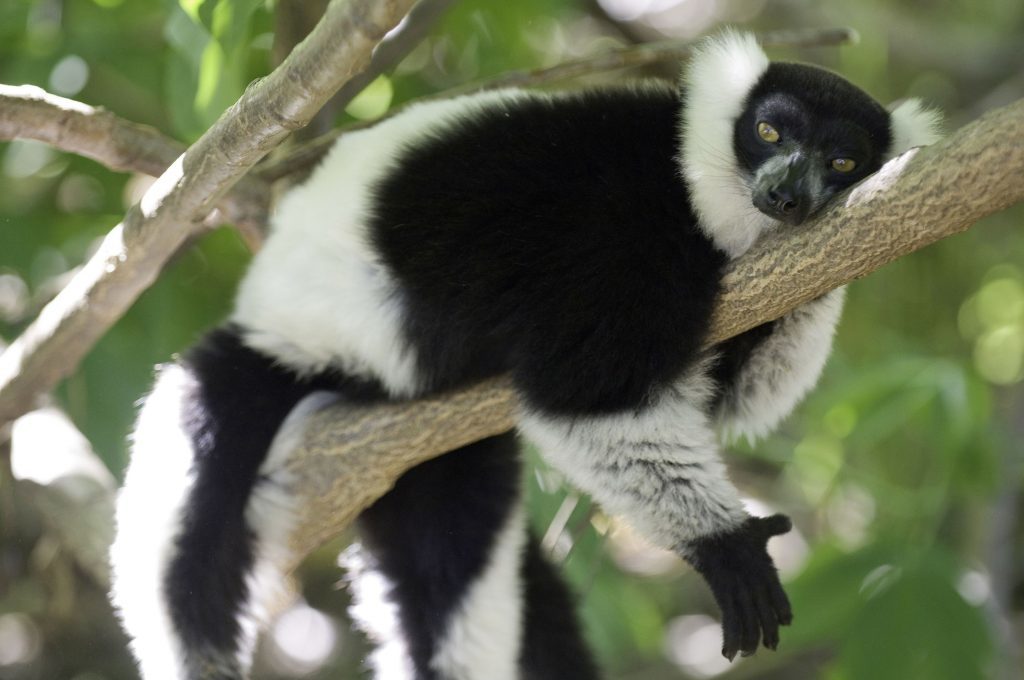
NEARLY two-thirds of primates, from gorillas to lemurs, are threatened with extinction and three-quarters are suffering declines in numbers, scientists have warned.
Escalating pressure from human activities such as cutting down forests, expanding agriculture and building dams and roads are putting apes, monkeys and other primates at risk of dying out, researchers writing in the journal Science Advances said.
It is the “11th hour” for many species, and without immediate action to protect them, human’s closest relatives face mass extinctions in the next 25 to 50 years, the experts warned.
Aside from humans, there are 504 recognised species of primates, from the tiny Madame Berthe’s mouse lemur which weighs just 30g (1oz) to the 200kg (31st) male western and eastern gorillas.
Around 60% are under threat of extinction and 75% are seeing declines in numbers
Primates are found in South and Central America, Africa and Asia – and even in Europe on the Rock of Gibraltar – but two thirds of species are found in just four countries: Brazil, Madagascar, Indonesia and the Democratic Republic of the Congo.
The latest assessment finds 87% of species in Madagascar are threatened, as are 73% in Asia, 37% in mainland Africa, and 36% in the Americas.
The researchers said: “Considering the large number of species currently threatened and experiencing population declines, the world will soon be facing a major extinction event if effective action is not implemented immediately.”
With many species living in rainforests, the cutting down of millions of acres of forest to supply the increasing demand for timber or to clear land for agriculture is destroying their habitat and making populations more fragmented.
Increasing demand for palm oil threatens Sumatra and Borneo orangutans and apes in Africa, while expansion of rubber plantations in south west China has caused near extinction of two species of gibbon, the report found.
Mining for minerals and diamonds contributes to deforestation, pollution of natural habitats and increased hunting, while primates are at risk from poaching in civil war and from landmines laid down in conflict – and in the future climate change.
The researchers said primates are culturally important to many people, play a significant role in forest systems, such as by dispersing seeds, and offer insights into human evolution, biology, behaviour and the threat of emerging disease.
Professor Anna Nekaris, professor in anthropology at Oxford Brookes University and one of the report’s authors said: “The impending extinction of our closest relatives should not be taken lightly.
“Primates, be they large and charismatic or small and nocturnal, are vital parts of the ecosystem.”
University of Illinois anthropology professor Paul Garber, who co-led the study, said: “This truly is the 11th hour for many of these creatures.
“Several species of lemurs, monkeys and apes – such as the ring-tailed lemur, Udzunga red colobus monkey, Yunnan snub-nosed monkey, white-headed langur and Grauer’s gorilla – are down to a population of a few thousand individuals.
“In the case of the Hainan gibbon, a species of ape in China, there are fewer than 30 animals left.”
He added: “Sadly, in the next 25 years, many of these primate species will disappear unless we make conservation a global priority.”
Despite the extinction crisis, the researchers said primate conservation was “not yet a lost cause”, but action was needed immediately.
With most primates living in parts of the world where many people are in poverty, efforts to improve health and access to education, develop sustainable use of land and support traditional livelihoods which help food security and nature would help, they said.

Enjoy the convenience of having The Sunday Post delivered as a digital ePaper straight to your smartphone, tablet or computer.
Subscribe for only £5.49 a month and enjoy all the benefits of the printed paper as a digital replica.
Subscribe
